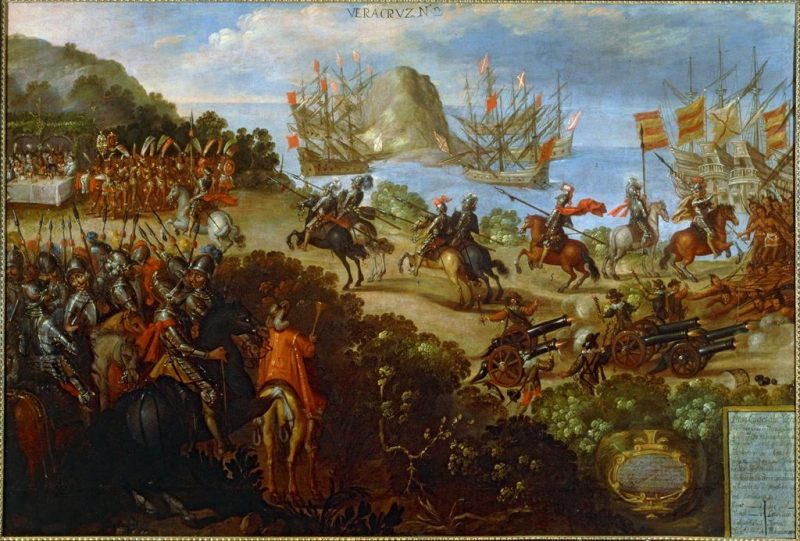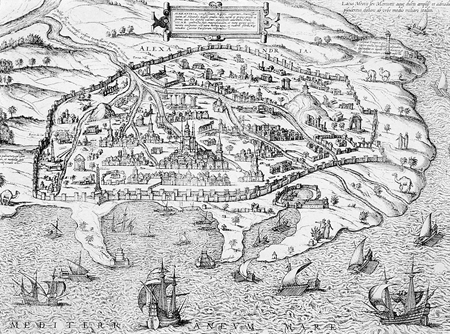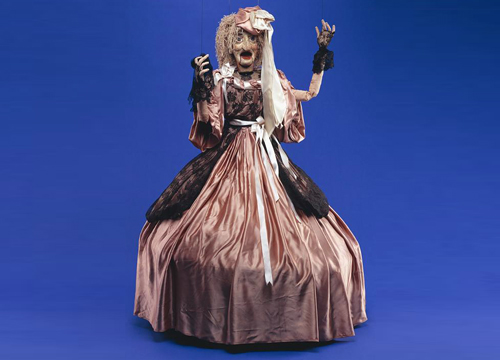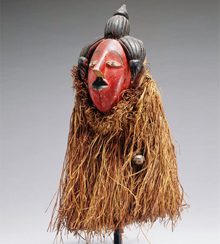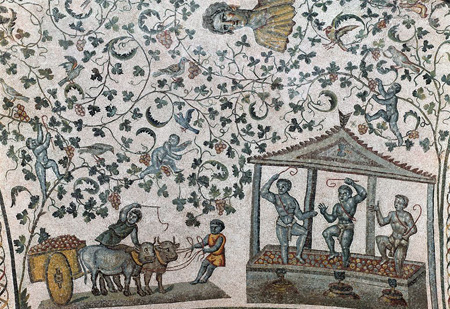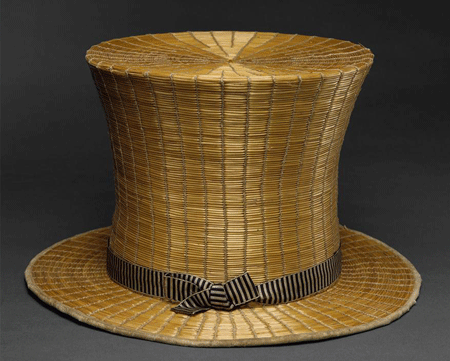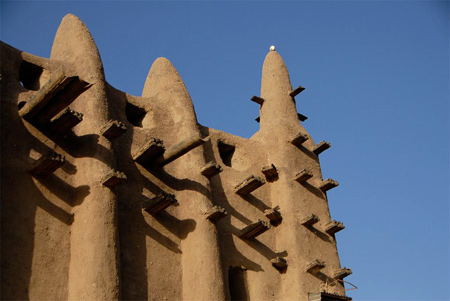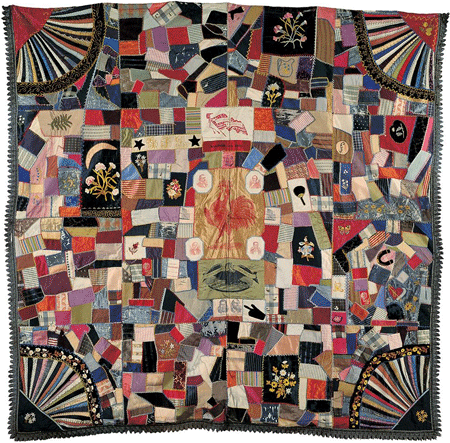
Florentine, View of Florence with the Campanile and Duomo, Orsanmichele, and Palazzo Vecchio, Florence, Italy. © 2006, SCALA, Florence / ART RESOURCE, N.Y.; artres.com; scalarchives.com
Artstor is introducing curriculum guides–collections of images from the Artstor Digital Library based on syllabi for college courses–compiled by faculty members and experts around the country. Learn more here.
History of Architecture and Urbanism I
Amber Wiley, Visiting Assistant Professor, Architecture, Tulane University
This curriculum guide is global in focus, including both Western and non-Western developments, covering the time period from prehistory to the medieval era. The survey highlights a variety of aspects of the built environment such as architecture, urban settlements, and landscapes. Coursework investigates monumental civic architecture, religious structures, as well as domestic buildings, the urban form, and architectural theory. The guide utilizes architectural images to examine the ways that religious, political, and social structures were expressed through the melding of architecture and landscapes. Central to this architectural analysis is how different cultures and communities made meaning in their everyday lives through design, discussion on what architecture reveals about societal concerns and hierarchies, and the ways in which natural settings are exploited for sustenance and protection – generally speaking, how architecture can be viewed as a cultural product of a particular historical milieu.

